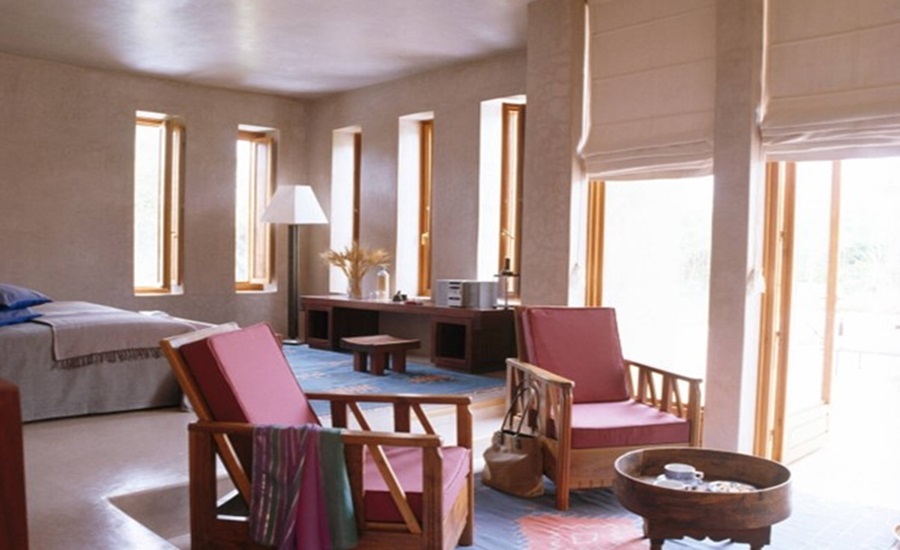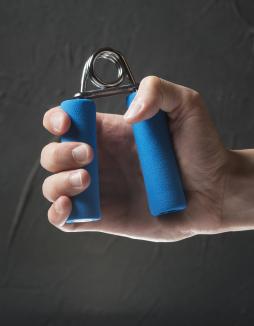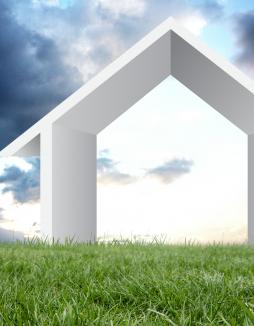Weather-Resistant and Stylish: Choosing the Best Materials for External Blinds
As summer approaches, are you contemplating ways to make your home's exterior more weather resistant yet attractive? Have you thought about the impact of your choice of external blinds? Blinds not only shield your household from the punishing rays of the sun, but they can also add significant visual appeal to your home. Once upon a time, homeowners had to choose between functional and fashionable but not anymore!
In today's world, where home improvement has become an art form, the best materials for external blinds strike a perfect balance between practicality and style. With the wide variety of materials available, you no longer need to compromise aesthetics for weather resistance or vice versa.
This blog post explores some of the most reliable and stylish materials for your external blinds. These materials not only enhance your home's appearance but also ensure longevity and minimal maintenance even in challenging weather conditions. So, weave your way through this plethora of possibilities and meet the one it’s high time for you to have in your life!
Understanding The Essence of External Blinds
External blinds, or outdoor blinds as they’re often called, provide an extra layer of protection to your home against the elements. They regulate the amount of sunlight entering your space, offering a shield against the harsh sunlight and heat. But do all blinds offer equal protection? Does every material endure the rigours of the weather with the same grace?
To answer these queries, it's important to realise that not all blinds are construed equal. The material of your blinds primarily determines their strength, durability, and aesthetic appeal. And among the swathes of options, some stand taller than others, ticking the right boxes of weather resistance and visual charm.
External blinds don’t just fulfil a functional role; they transform your home’s exterior look, creating a unique architectural statement. So, indeed, the choice of material matters – enormously!
Exploring The World of Materials
Traditional materials used for blinds include wood, metals like aluminium and steel, certain types of plastics, and various fabrics. While wood offers a classic, timeless charm, metals evoke a modern, crisp look. Plastics and fabrics, on the other hand, present endless options for colours and textures, adding a vibrant touch to your exteriors.
However, weather resistance remains a pivotal factor. Steel, with its inherent strength, offers sturdy resilience in rigorous weather, but can succumb to rust. Wood, while visually appealing, may not hold ground against relentless rain or shining sun, requiring frequent maintenance.
Modern materials, including Polyvinyl Chloride (PVC), Polyester, and certain types of high-tech fabrics, have proven to provide excellent resilience against weather, without compromising on aesthetics.
Delving into Polyvinyl Chloride Blinds
PVC blinds offer an impressive resilience against the elements. Rain or shine, PVC withstands the test of time with negligible maintenance. Thanks to their UV stability, these blinds ensure your home interiors don't fade under the menacing Sun.
What's more, with a massive variation in designs and colours, PVC blinds don't lag in the fashion race. So, for homeowners who don’t want the constant looming task of maintenance at the cost of style, PVC blinds might just be your ideal pick!
Unfurling Polyester Blinds
Durability, colourfastness and resistance to wrinkles are pivotal reasons why polyester is a popular choice for external blinds. Additionally, polyester can easily mimic finer fabrics, affording it a luxe aesthetic appeal. If you want a blend of robust functionality and an opulent look, polyester blinds can be a potent choice.
Understanding the Appeal of High-Tech Fabrics
Technological prowess has worked its magic in the realm of blind materials too. High-tech fabrics, engineered for weather resistance, UV protection, and aesthetic appeal, are revolutionising the world of external blinds. Solar fabric blinds are one such example, offering energy efficiency by regulating the amount of sunlight and heat permeability.
Yes, they might be pricier than other options, but their durability, functionality, and style quotient justify the investment.
What About the Metal and Wood
Don’t abandon the idea of metal or wood blinds just yet! Aluminium, with its anti-rust properties, and wood, with unique finishing and protective layers, can still stun in both functionality and appeal when chosen and maintained correctly.
Conclusion
When it comes to selecting the best material for your external blinds, the goal remains simple: balance functionality and aesthetics. Whether it's PVC, polyester, high-tech fabrics, or the traditional favourites like metal and wood – the key is to understand their strengths and limitations.
Choose blinds that embrace the weather rather than wilt under it and look fantastic as they do so. Then, no matter the season, your house will remain as stunning as ever! After all, the true essence of home improvement lies in enhancing both the quality of life inside and the beauty of the house outside. Now that's what I call a formidable façade!












